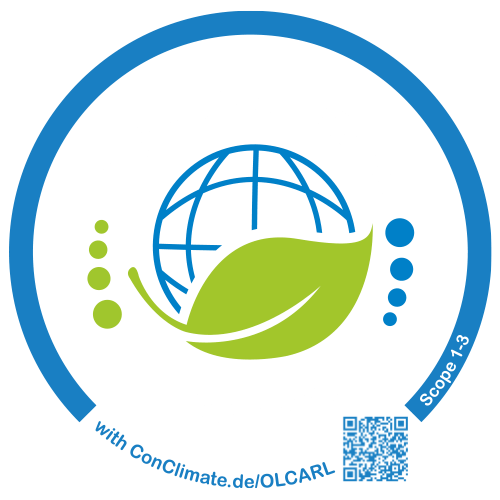Mehr als Meer: Der CO2-Kreislauf der Ozeane
Über zwei Drittel unseres Planeten sind durch Ozeane bedeckt. Meeresströmungen bestimmen über die Verteilung von warmem und kaltem Wasser das Klima und das Wetter. Im umgekehrten Sinne beeinflussen die klimatischen Bedingungen die Meere. Die globale Erwärmung bringt die Eiskappen und das Grönlandeis zum Schmelzen, was Salzgehalt und Wasserdichte verändert. Die Ozeane, die Atmosphäre und die Biosphäre stehen also in einem empfindlichen Gleichgewicht, das es zu erhalten gilt.
Während meines Studiums der Geologie in den Achtzigerjahren habe ich im Grundstudium über den Kreislauf der Gesteine gelernt. Gebirge werden über Millionen von Jahren durch chemische und physikalische Prozesse allmählich abgetragen. Die Sedimente werden durch die Flüsse ins Meer getragen, dort abgesetzt und später bei der Gebirgsbildung an den tektonischen Plattenrändern wieder zu Gesteinen verfestigt bzw. umgeformt. In diesem Zusammenhang hörte ich von der Karbonisierung: CO2 zusammen mit Wasser bildet Kohlensäure. Dieser Prozess trägt zur chemischen Verwitterung von Kalkgestein bei. Hierbei wird das CaCO3 (Kalziumkarbonat) in Wasser aufgelöst und ins Meer gespült.
Reaktion zwischen Kohlensäure und Kalziumkarbonat:
CaCO3 + H2O + CO2 Ca(HCO3)2
Gelöst im Wasser liegt das Kalziumhydrogencarbonat als Ionen vor:
2H+(aq) + CO32-(aq) Ca2+ CO32-(s) Ca2+(aq) + 2HCO3-(aq)
Wer hätte gedacht, dass ich fast 40 Jahre später noch einmal von der Karbonisierung im Zusammenhang mit der globalen Erwärmung erfahre. Die Karbonisierung spielt auch bei der Sicherung des CO2-Gleichgewichts zwischen den Ozeanen und der Atmosphäre eine entscheidende Rolle.
Das Meer speichert mehr Kohlenstoff als die Atmosphäre und die Wälder zusammen. Der meiste Kohlenstoff wird vor allem aber in der Lithosphäre, also in den Gesteinen z. B. als Kalkgestein (Kalziumkarbonat, CaCO3) gebunden.
In Zeiträumen von mehreren Hunderten bis Tausenden von Jahren vollzieht sich ein steter Kohlenstoffaustausch zwischen den Medien Atmosphäre, Biosphäre und Ozean. In den knapp 12.000 Jahren zwischen der letzten Eiszeit und dem Beginn der industriellen Revolution hat sich die CO2-Konzentration in der Atmosphäre nur sehr geringfügig verändert, da ein Gleichgewicht zwischen dem vorindustriellen Kohlenstoffkreislauf und der Atmosphäre bestand.
Sobald CO2 aus der Atmosphäre ins Wasser übergeht reagiert es zu Kohlensäure, wobei es zu einer Verschiebung der Konzentration an Hydrogenkarbonat (HCO3-) und Karbonat (CO32-) kommt. Das aufgenommene atmosphärische CO2 macht hierbei ca. 10% des gelösten anorganischen Kohlenstoffs im Meer aus. Wissenschaftler schätzen, dass bei einer zukünftigen Neueinstellung des Kohlenstoffgleichgewichts ca. 80% des anthropogenen CO2 aus der Atmosphäre durch die Ozeane aufgenommen werden kann. Hierbei spielen die Tiefsee-Kalksedimente eine große Rolle. Große Mengen an CO2 werden aufgenommen, indem der am Meeresboden über geologische Zeiträume lagernde Kalk mit Kohlensäure reagiert und sich dabei zum Teil auflöst.

Das von Menschen erzeugte CO2 wird vor allem im Nordatlantik sowie in einem Gürtel zwischen 30 und 50 Grad auf der südlichen Halbkugel aufgenommen. Die Grafik stellt eine Gesamtaufnahme vom Beginn der industriellen Revolution bis zum Jahr 1994 dar. © maribus (nach Sabine et al., 2004) im World Ocean Review
Dieser Prozess der Pufferung des atmosphärischen CO2 durch die Ozeane spielt eine Schlüsselrolle bei der Zunahme der globalen Temperatur. Leider läuft der Prozess der CO2
-Aufnahme wegen der trägen Durchmischung des Ozeans zu langsam ab, um die negativen Auswirkungen des Klimawandels abzufangen. Schätzungsweise wird es Jahrhunderte dauern, bis ein neues Gleichgewicht hergestellt ist.
Als Geologe eignet man sich in der Regel ein Gefühl für lange Zeiträume an. Man muss sich bewusst machen, dass die Menschen im Vergleich zur Erdgeschichte nur einen „Bruchteil einer Sekunde existieren“. So gesehen liegt es an uns, die bevorstehende anthropogene Klimakatastrophe abzuwenden und durch technische Lösungen und einen umweltfreundlichen Lebenswandel das Gleichgewichtssystem zwischen Atmosphäre, Biosphäre und Ozean aufrechtzuerhalten.
In unserem nächsten Blogbeitrag in der Serie Mehr als Meer widmen wir uns dem Zusammenhang zwischen ozeanischem Methan und dessen zukünftiger Nutzung bzw. Auswirkungen auf die Umwelt.
Quelle/ Weitere Lektüre:

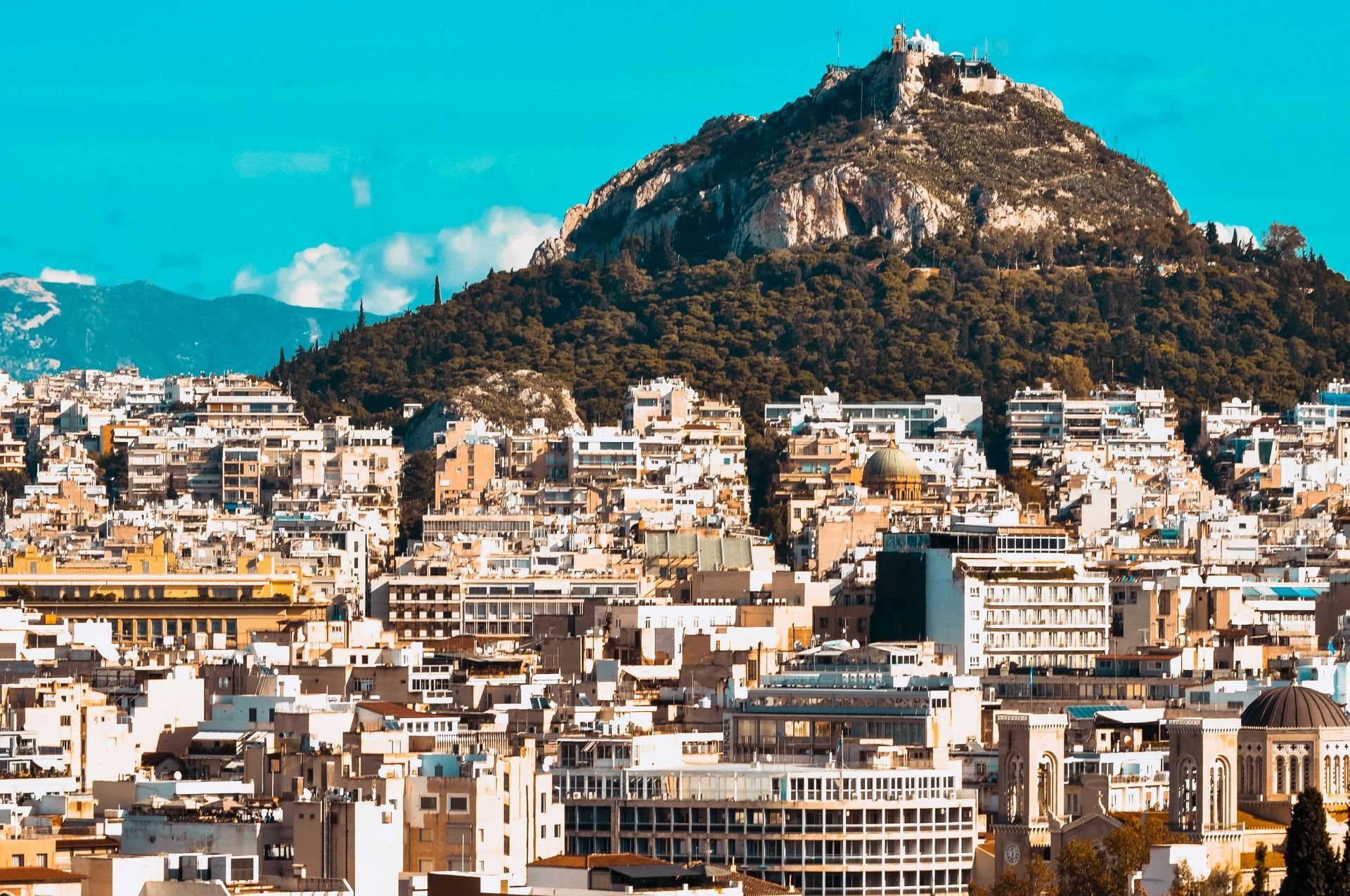
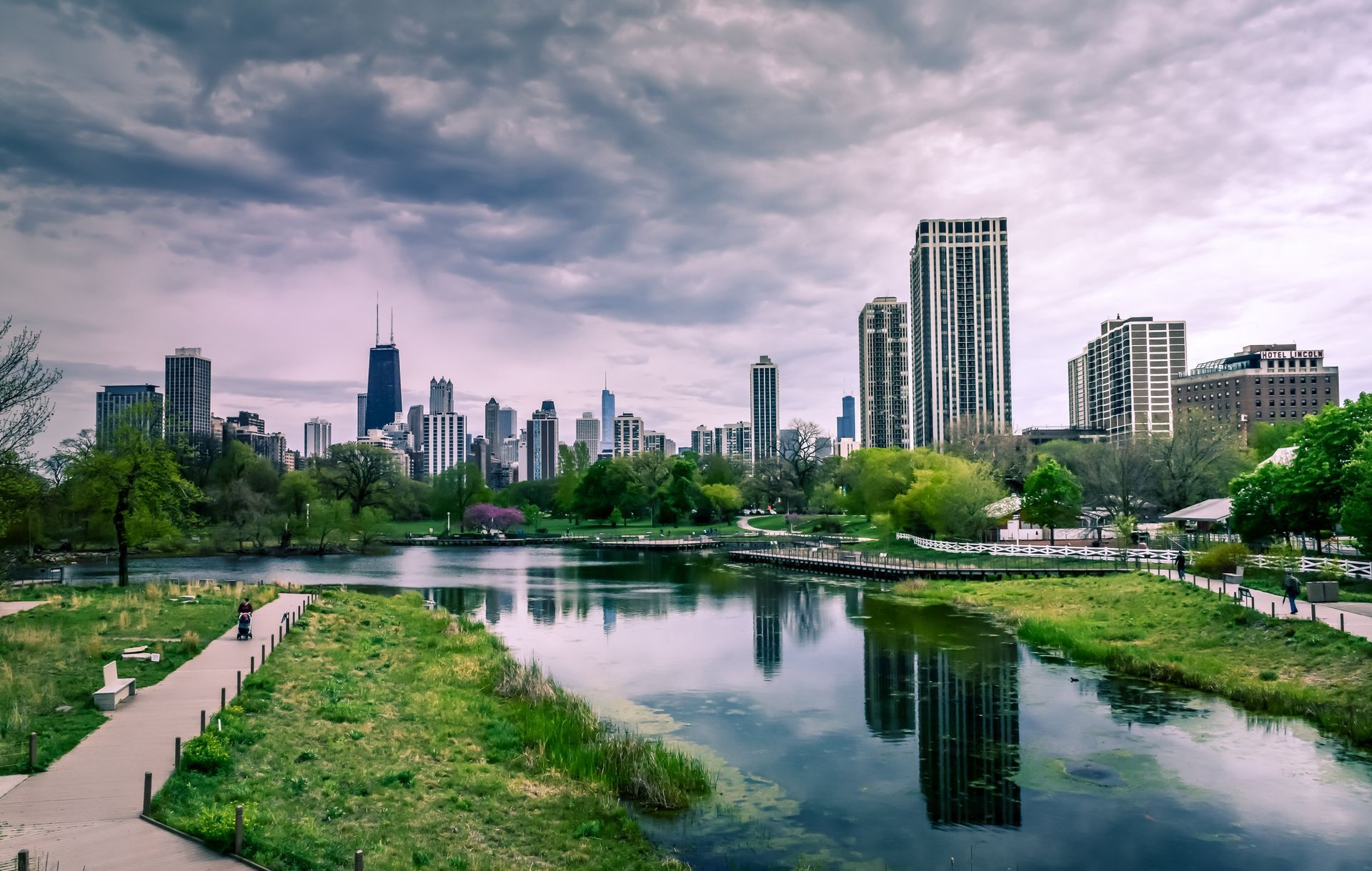



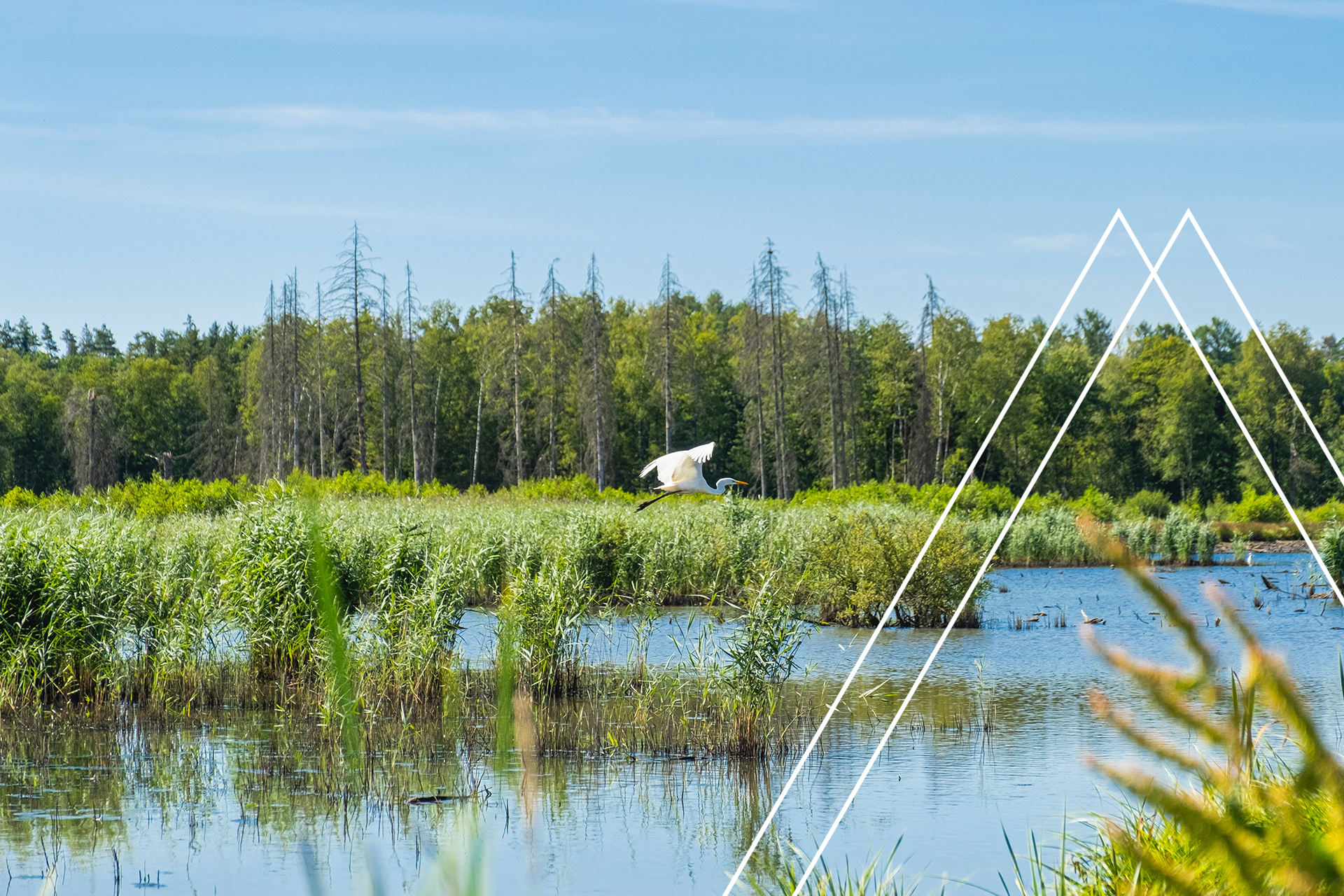
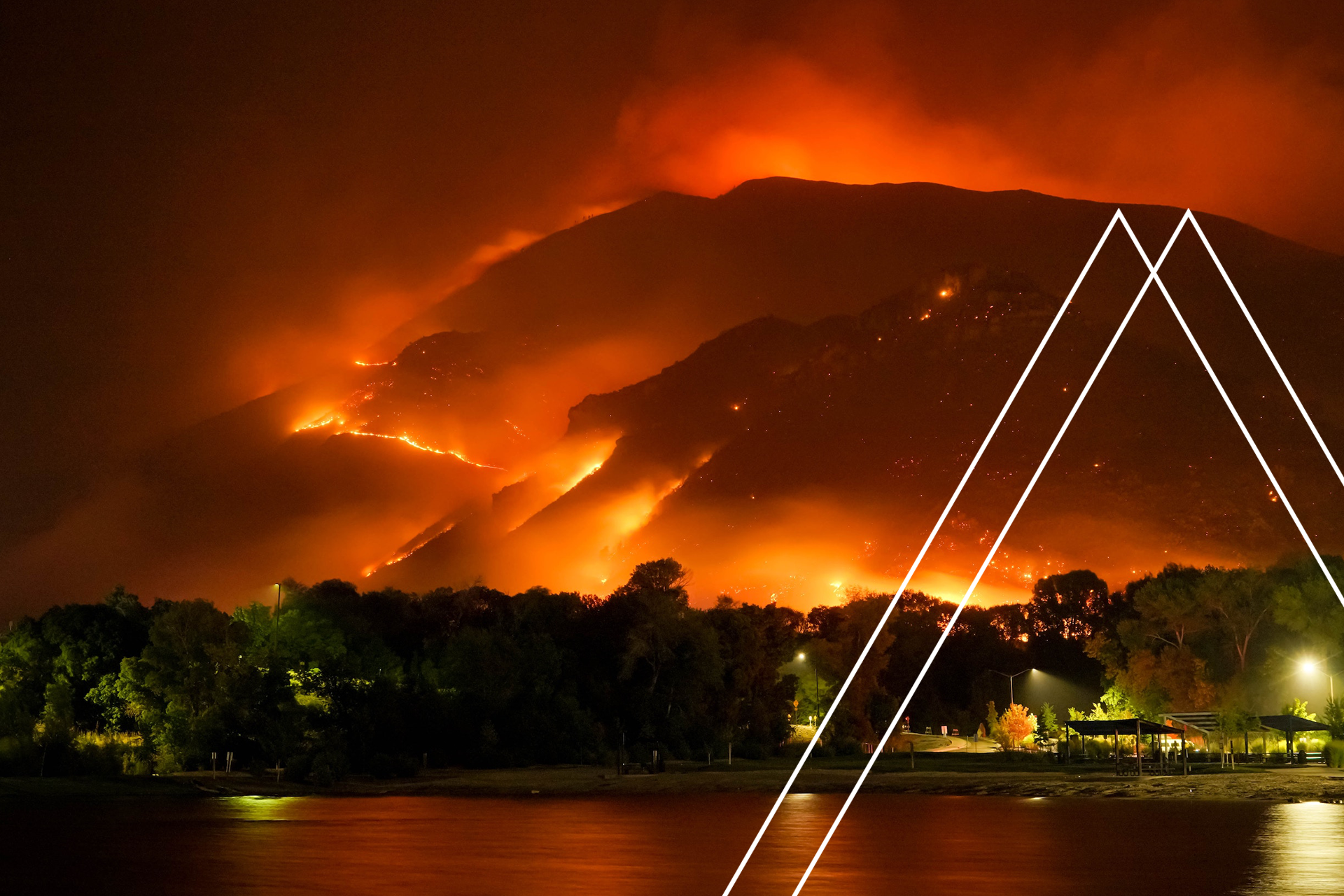

Head Office, Berlin,
Neue Grünstraße 17 | 18 Hof 1 | TRH 3
10179 Berlin
© ES EnviroSustain GmbH 2021



